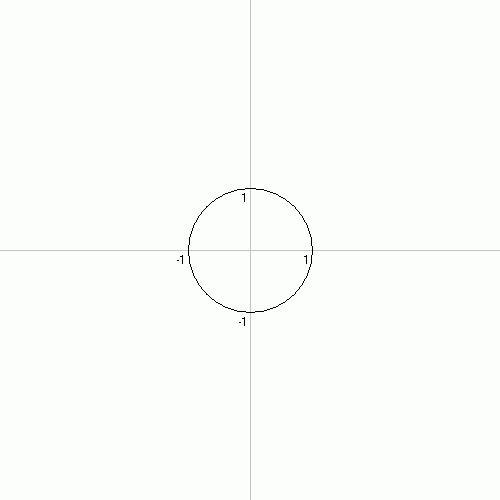65537 (number)
| ||||
|---|---|---|---|---|
| Cardinal | sixty-five thousand five hundred thirty-seven | |||
| Ordinal |
65537th (sixty-five thousand five hundred and thirty-seventh) | |||
| Factorization | 65537 | |||
| Prime | Yes | |||
| Roman numeral | LXVDXXXVII | |||
| Binary | 100000000000000012 | |||
| Ternary | 100222200223 | |||
| Quaternary | 1000000014 | |||
| Quinary | 40441225 | |||
| Senary | 12232256 | |||
| Octal | 2000018 | |||
| Duodecimal | 31B1512 | |||
| Hexadecimal | 1000116 | |||
| Vigesimal | 83GH20 | |||
| Base 36 | 1EKH36 | |||

65537 is the integer after 65536 and before 65538.
In mathematics
65537 is the largest known prime number of the form (). Therefore, a regular polygon with 65537 sides is constructible with compass and unmarked straightedge. In number theory, primes of this form are known as Fermat primes, named after the mathematician Pierre de Fermat. The only known prime Fermat numbers are
In 1732, Leonhard Euler found that the next Fermat number is composite:
In 1880, Fortuné Landry showed that
65537 is also the 17th Jacobsthal–Lucas number, and currently the largest known integer n for which the number is a probable prime.[2]
Applications
65537 is commonly used as a public exponent in the RSA cryptosystem. Because it is the Fermat number Fn = 22n + 1 with n = 4, the common shorthand is "F4" or "F4".[3] This value is seen as a wise compromise, since it is famously known to be prime, large enough to avoid the attacks to which small exponents make RSA vulnerable, and due to its low Hamming weight (number of 1 bits) can be computed extremely quickly on binary computers, which often support shift and increment instructions. Exponents in any base can be represented as shifts to the left in a base positional notation system, and so in binary the result is doubling—65536 is the result of incrementing shifting 1 left by 16 places, and 16 is itself obtainable without loading a value into the register (which can be expensive when register contents approaches 64 bit), but zero and one can be derived more 'cheaply'.
65537 is also used as the modulus in some Lehmer random number generators, such as the one used by ZX Spectrum, which ensures that any seed value will be coprime to it (vital to ensure the maximum period) while also allowing efficient reduction by the modulus using a bit shift and subtract.
References
- ↑ Conway, J. H.; Guy, R. K. (1996). The Book of Numbers. New York: Springer-Verlag. p. 139. ISBN 0-387-97993-X.
- ↑ Sequences by difficulty of search
- ↑ "genrsa(1)". OpenSSL Project.
-F4|-3 [..] the public exponent to use, either 65537 or 3. The default is 65537.